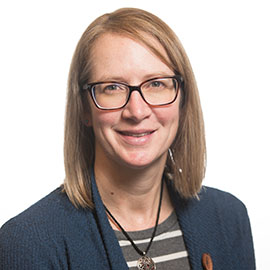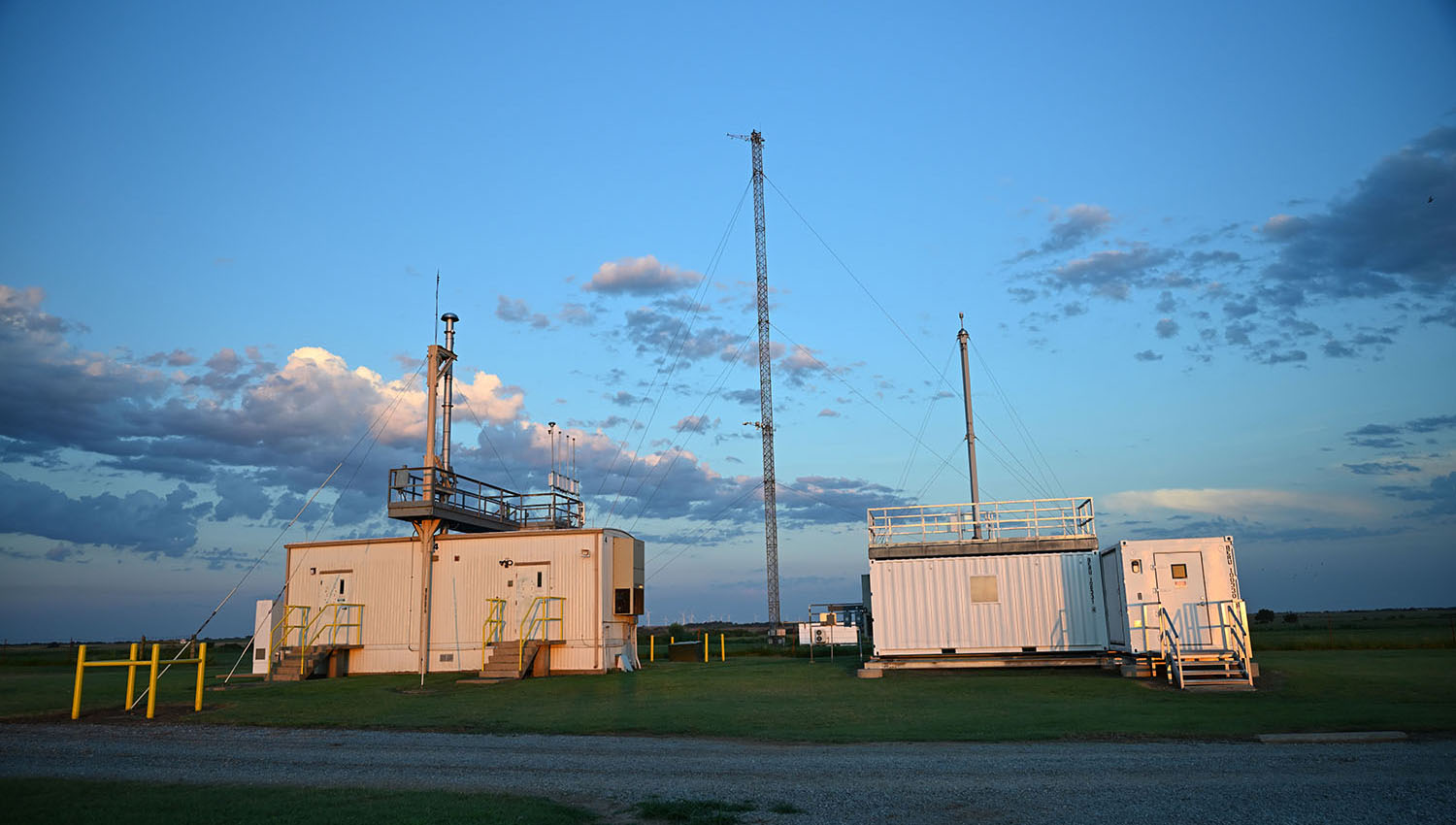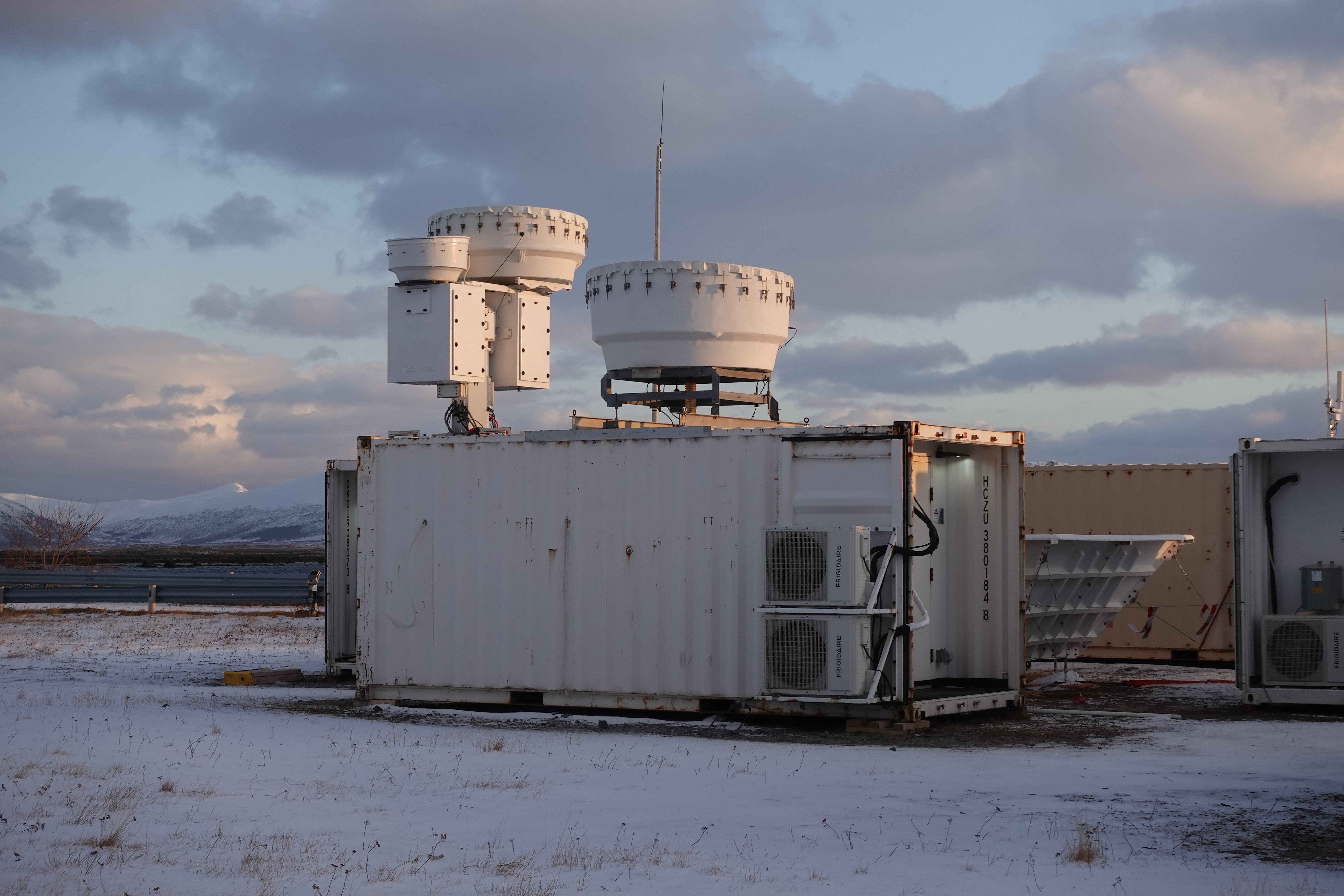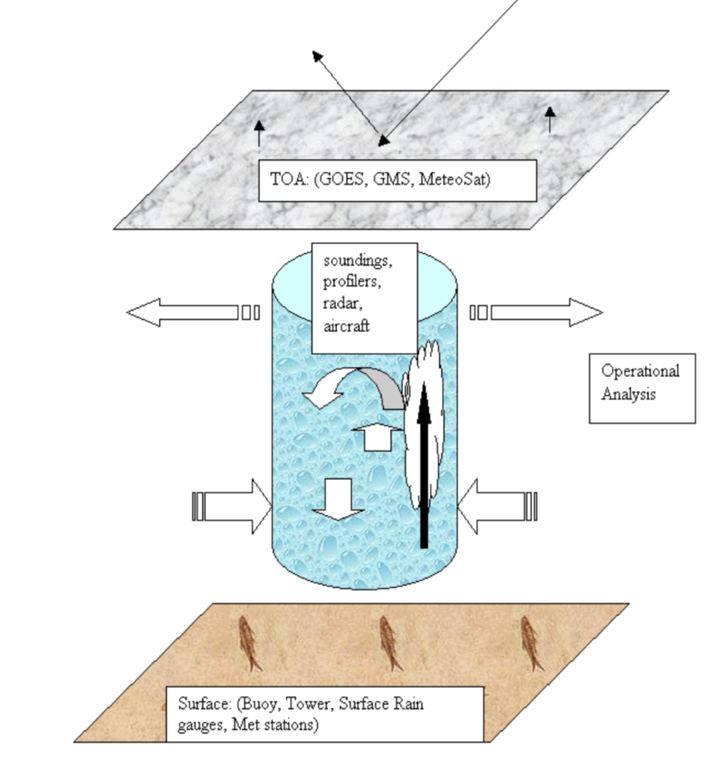ARM Development Update: Value-Added Products
Published: 16 February 2021
Editor’s note: This is the first quarterly update from ARM Engineering and Process Manager Jennifer Comstock, who also oversees ARM science products.

After several years focused on improving the delivery of value-added products (VAPs) for ARM Mobile Facility deployments, ARM data translators are turning their attention to upgrading existing VAPs and developing new VAPs.
Translator Damao Zhang, who leads the development of boundary-layer VAPs, is working on a planetary boundary-layer height (PBLHT) best-estimate product that will determine the best height based on analysis of PBLHT derived from several sources. This includes PBLHT derived from the ceilometer, micropulse lidar, Doppler lidar, and Raman lidar.

Damao and his team are also developing a new VAP for determining cloud phase based on published approaches. Knowledge of cloud phase is a key parameter in understanding liquid and ice phase partitioning in mixed-phase clouds and in applying advanced retrieval algorithms for deriving cloud water content and hydrometeor size.
Aerosol Translator John Shilling and his team are developing several new VAPs that ARM’s Aerosol Measurement Science Group (AMSG) identified as critical products to advance the science.
Hygroscopicity describes the ability of aerosols to absorb moisture from the atmosphere and is a key parameter in studies of the aerosol life cycle and aerosol-cloud interactions. A new VAP under development uses cloud condensation nuclei and scanning mobility particle sizer measurements to derive the hygroscopicity parameter Kappa.
Another key data product under development is a merged aerosol size distribution that combines measurements of fine- and coarse-mode aerosol particles ranging from ~0.016 µm to 20 µm.
Translator Scott Giangrande has been working closely with radar data mentors, including Alyssa Matthews, Karen Johnson, and Alexis Hunzinger, to produce b1-level Ka-Band ARM Zenith Radar (KAZR) and Ka/W-Band Scanning ARM Cloud Radar (KASACR/WSACR) products for the recent Cold-Air Outbreaks in the Marine Boundary Layer Experiment (COMBLE) in Norway.

These b1-level data have various corrections and filters applied to improve the quality and provide an estimate of uncertainty for the cloud radar products. These products will feed into VAPs that Scott’s team produces, such as gridded scanning cloud radar products and the KAZR Active Remote Sensing of CLouds (KAZRARSCL) VAP.
Next, the team will turn its attention to radar observations obtained during the Multidisciplinary Drifting Observatory for the Study of Arctic Climate (MOSAiC) expedition and the upcoming TRacking Aerosol Convection interactions ExpeRiment (TRACER) in Texas.
Precipitation radar products are also under development for several locations.
Translator Scott Collis led the development of the Corrected Moments in Antenna Coordinates Version 2 (CMAC2) VAP, which corrects X- and C-band scanning precipitation radar measurements for attenuation and artifacts in the atmosphere. CMAC2 also provides estimates of rainfall rate and gate identification (e.g., rain, snow, etc.). CMAC2 will be applied to X-Band Scanning ARM Precipitation Radar (XSAPR) data from Utqiaġvik (formerly Barrow), Alaska.
Scott and his team will also support the TRACER campaign, helping to monitor the C-band measurements and developing documentation of cases.

Translator Shaocheng Xie continues to lead the development of VAPs designed specifically for modelers. Two key products include Constrained Variational Analysis (VARANAL), which provides large-scale forcing variables for running cloud-resolving and single-column models; and ARM Best Estimate (ARMBE), a suite of VAPs that represent hourly averages of key atmospheric variables needed to evaluate global models.
Forcing data sets and ARMBE cloud, radiation, and atmospheric state products will be expanded to COMBLE and the Cloud, Aerosol, and Complex Terrain Interactions (CACTI) campaign in Argentina.
Shaocheng is also working with developers to extend the ARM Data-Oriented Metrics and Diagnostics Package for Climate Models (ARM-DIAGS) for use with DOE’s Energy Exascale Earth System Model (E3SM).
Many of the activities underway in 2021 and planned for 2022 will help address feedback from the 2020 ARM Triennial Review to provide updated algorithms and additional diagnostic products for modelers, including additional instrument simulators.
By the end of this year, many of these products will be available for evaluation. To keep up on the latest products coming out, check back on ARM’s Data Announcements web page.
Keep up with the Atmospheric Observer
Updates on ARM news, events, and opportunities delivered to your inbox
ARM User Profile
ARM welcomes users from all institutions and nations. A free ARM user account is needed to access ARM data.


















